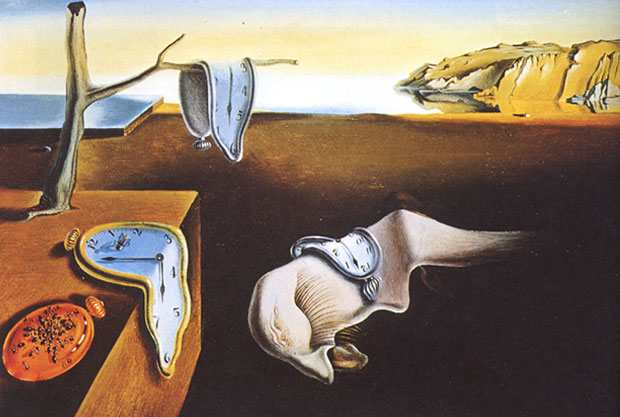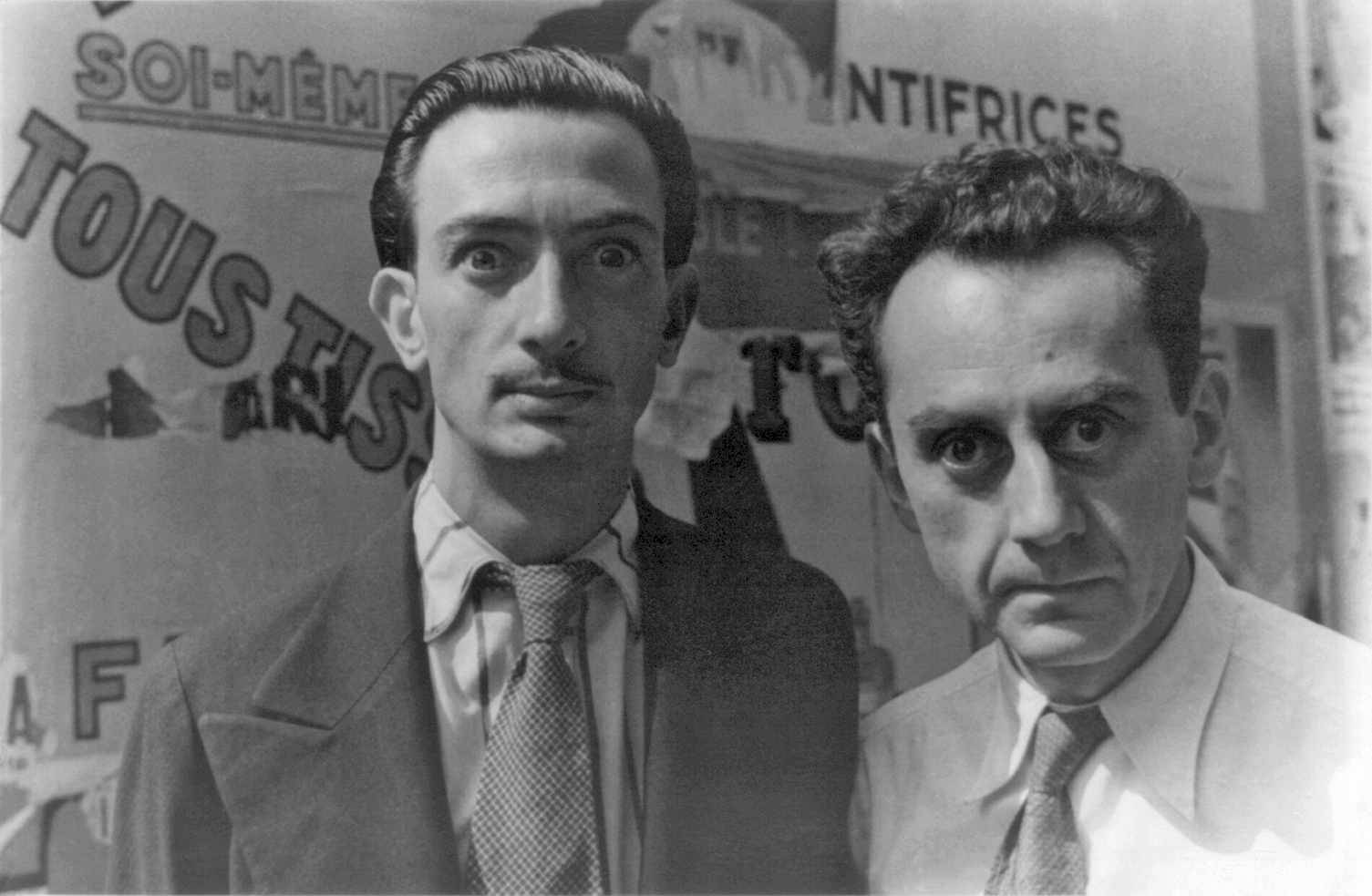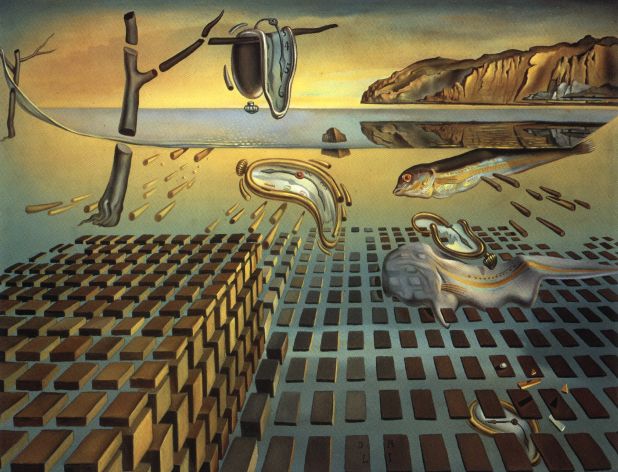
Salvador Dali's The Persistence of Memory explained
Find out how the Spanish Surrealist went from penniless painter to toast of the NYC artworld in one single canvas
On 28 December 1929, Salvador Dalí’s father threw the 25-year-old painter out of the family home. This was hardship enough for the scandalous young painter, who, although part of the new Surrealist movement, had yet to find decent patronage among art dealers.
What’s more, this excommunication extended beyond his father’s house, as Robert Radford explains in our monograph, “a man of local influence let it be known that the ban extended to the whole village, and when Dalí insisted on returning he was snubbed and ignored in the streets.”
Penniless and outcast from the community which had inspired much of his art, the painter and his wife settled in a small fishing settlement, Port Lligat, buying a single-room fishing shack, where, “they had to suffer the damp walls and could mountain wind, the ‘tramontana’ which assails the region during the winter.”
Yet it was these neighbouring mountains, in particular the craggy Cap de Creus peninsular and the nearby Mount Pani, that can be seen in his best-known work, painted while in this fishing village, which would make this poor artist a star: The Persistence of Memory.
Dalí created the famous work in 1931, completing it in August of that year. The work not only displayed the 27-year-old painter’s technical proficiency and admiration for old masters – Dalí sported a pointed moustache in later life partly in tribute to Diego Velázquez. It also demonstrated his peerless grasp of Surrealism.

Dalí had officially joined the Surrealists in 1929, and remained intensely interested in the idea of subconscious art. He even claimed to paint in a kind of self-induced hallucinatory state, which he called his ‘paranoiac-critical method’, enabling him to “systematize confusion and thus discredit completely the world of reality,” much to the delight of the French Surrealist co-founder Andre Breton.
The dripping watches and deformed face in this painting certainly look like an unalloyed expression of the subconscious. Yet, just as with the local mountains in the background, there are a few recongisable features in this work.
Some have suggested that the watches refer to Albert Einstein’s general theory of relativity. Though Dalí denied this, citing, instead a Camembert cheese he had seen melt in the sun as the inspiration for this central motif.
Many commentators have interpreted Dalí’s ants, a recurrent theme in his paintings, which can seen on the face of one of the painting’s pocket watches, as a symbol for decay. Others have suggested that the deformed face in the centre is some kind of self-portrait.

The title of the picture, too, offers some keys, as does the simple, technical challenges presented in such a composition. “It is not unreasonable to associate the watches in The Persistence of Memory with ideas about the passage of time and the relation between actual time and remembered time,” writes Radford in our monograph, “but probably the dominant fascination for Dalí was the paradox of rendering the hardest, most mechanical of objects into its present soft, wilting form.”
However we interpret this small 9 ½ X 13 inch (24.1 x 33cm) work, its influence on the wider art world cannot be in doubt.
First shown in Paris at Galerie Pierre Colle in 1931, the painting was also exhibited at the first Surrealist exhibition in the United States, at the Wadsworth Athenaeum, Hartford, Connecticut, in 1931, then, in 1934, by Julien Levy in New York.
Dalí and his wife Gala accompanied the painting over to New York in ’34, travelling third class with the financial assistance of Pablo Picasso.
By this point Dalí had been formally expelled from the Surrealists, partly due to his political opinions, but also thanks to his enthusiasm for American popular culture, something Breton and his fellow European Surrealists disdained.

The irony remains that, in coming to America with his most famous painting, Dalí became the moment’s most famous artist.
“The image of the famous soft watches had been widely diffused – and caricatured – to the point where it had acquired a cult status by the time it was acquired by the Museum of Modern Art in New York.”
Today, there are Sesame Street and Simpsons versions of the works; Dalí himself returned to the theme decades later, in 1952-4, with The Disintegration of the Persistence of Memory, when science had displaced psychoanalysis as a source of inspiration. Reading up on DNA and the atomic bomb Dalí described his theme as a kind of ‘nuclear mysticism’.

Yet he remains better known for this earlier, more powerful, and more enigmatic work. An anonymous donor passed The Persistence of Memory on to MoMA, where it remains view to this day. “It was there that Dalí gave a lecture,” Radford goes on, ”in which he reportedly said that the public could rest content with their difficulty in understanding the work, since the artist himself did not know what it meant either.”
Though of course one meaning is plain: the painting’s success meant that Dalí’s stardom was assured, and the painting’s place, as the acme of Surrealism, was, unlike the painting’s time pieces, equally concrete.
For greater insight into Salvador Dalí, order a copy of our monograph here; for more on the movement, buy this Surrealism overview; and for more on his place within the greater sweep of art history, get The Art Book.